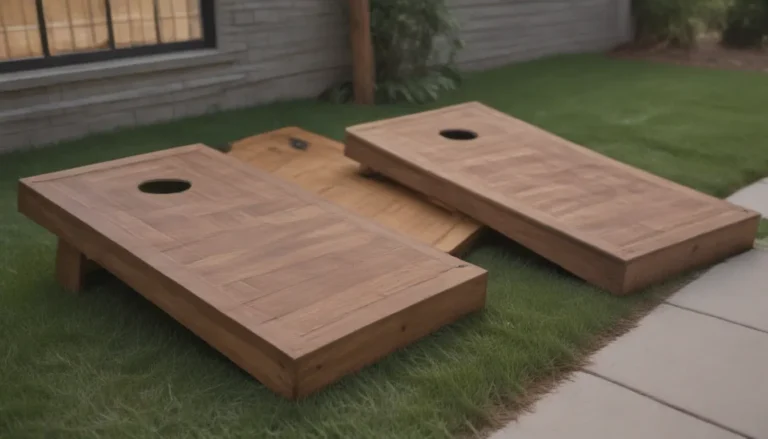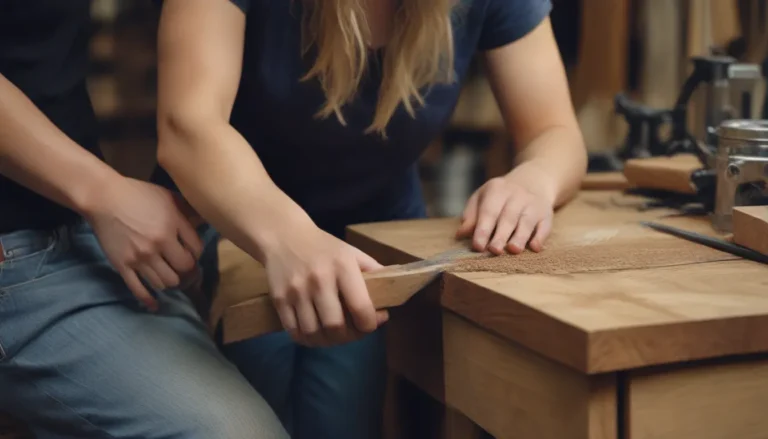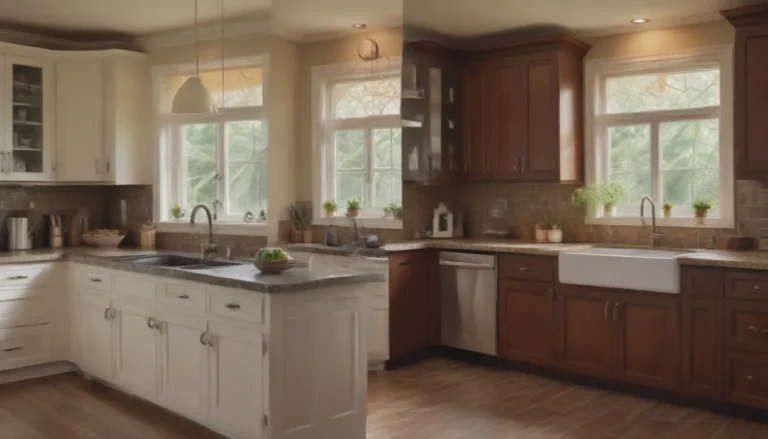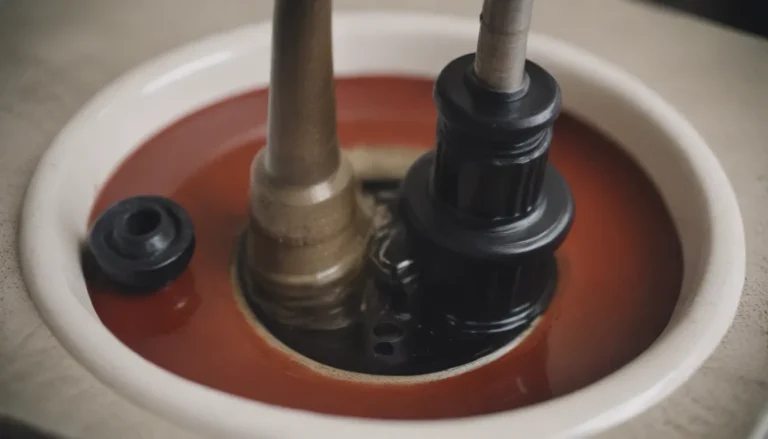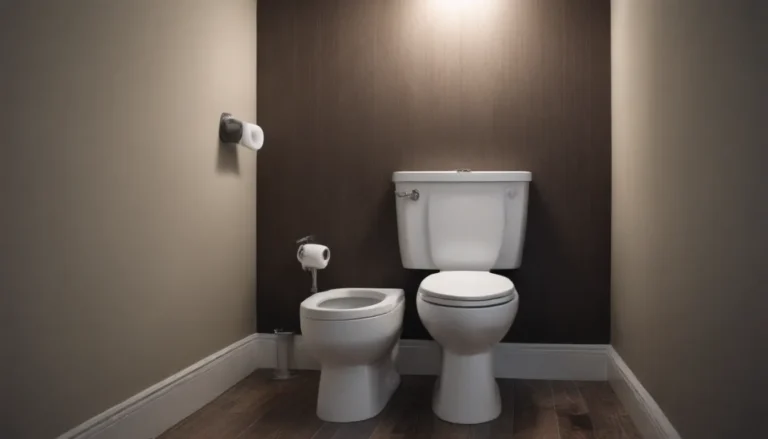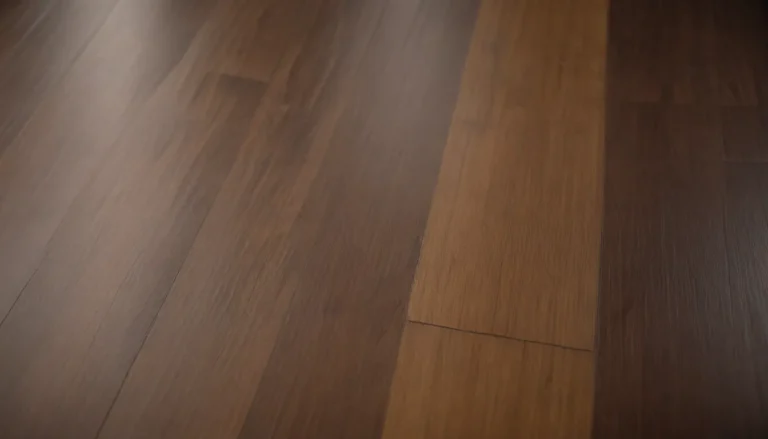The Ultimate Guide to Choosing the Best Bathroom Paint
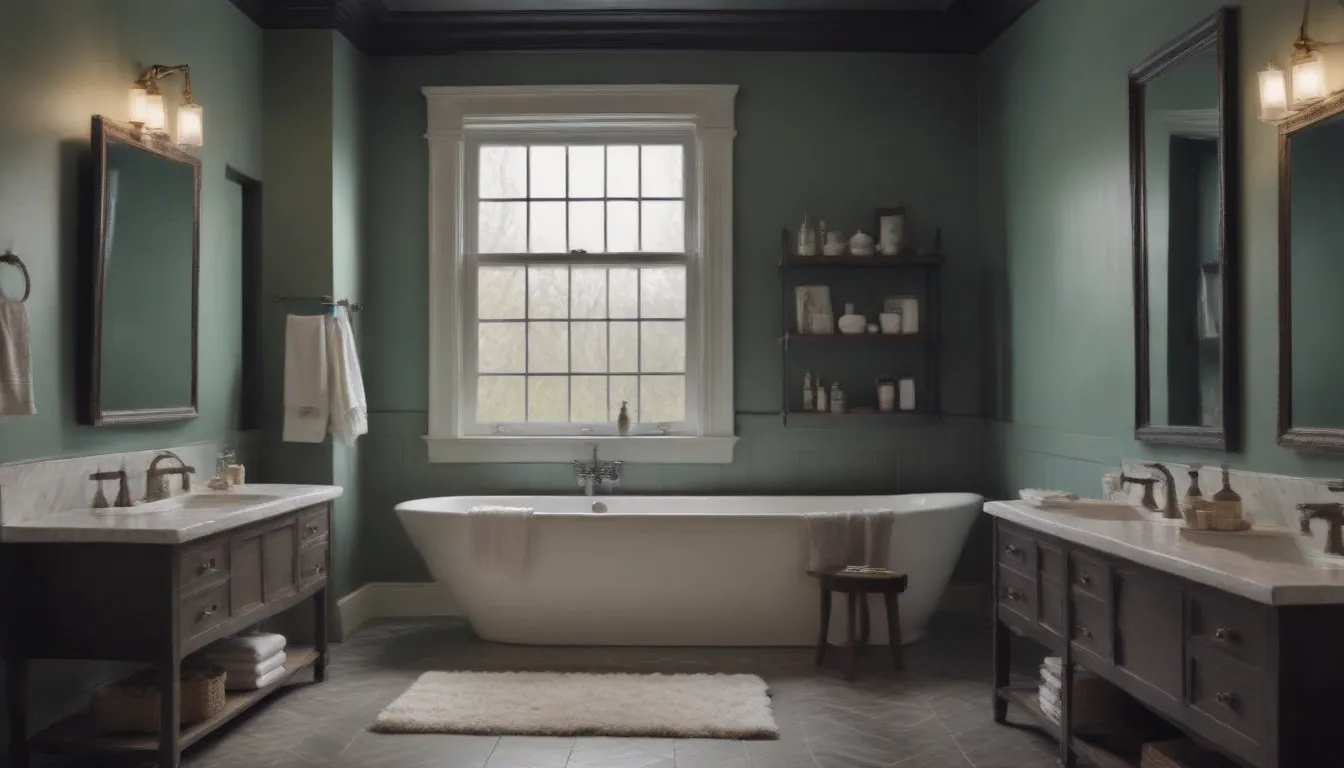
Are you ready to give your bathroom a fresh new look with a coat of paint? Before you head to the store, it’s essential to know what to consider when choosing the best paint for your bathroom. From moisture resistance to washability, there are several factors to keep in mind to ensure your bathroom paint stands up to the unique challenges of a high-humidity environment.
Why Bathroom Paint Matters
When it comes to painting your bathroom, selecting the right type of paint is crucial. Bathroom paint is specially formulated to withstand the moisture and humidity that are common in bathrooms. Choosing the correct paint can help prevent issues like peeling, mold growth, and unsightly water damage on your walls. Plus, the type of sheen or finish you choose can impact the overall look and durability of your bathroom paint job.
Key Characteristics of Bathroom Paint
Before you start shopping for bathroom paint, here are some key characteristics to look for:
- Mildew-inhibiting properties: Prevent the growth of mold and mildew in your bathroom.
- Washable finish: Easily clean off dirt, grime, and water splashes from your walls.
- Tight structure: Create a barrier that prevents moisture from penetrating the paint layer.
Types of Bathroom Paint Finishes
Choosing the right finish for your bathroom paint can make a significant difference in both appearance and performance. Here are some popular bathroom paint finishes to consider:
Flat
- Description: Offers a matte finish that is not very shiny.
- Pros: Gives a soft, subtle look to walls.
- Cons: May trap moisture and is less resistant to water.
- Best Used: In low-moisture bathrooms.
Eggshell
- Description: Slightly more sheen than flat, similar to a chicken egg.
- Pros: More washable and water-resistant than flat paint.
- Best Used: In bathrooms with moderate moisture levels.
Satin
- Description: Slightly glossier than eggshell, with a smooth finish.
- Pros: Good for bathrooms with minimal moisture.
- Best Used: In bathrooms with low humidity levels.
Semi-Gloss
- Description: Shiny finish that repels water well.
- Pros: Ideal for high-humidity bathrooms.
- Best Used: In bathrooms with high moisture levels.
Glossy or High-Gloss
- Description: Highly shiny finish that is resistant to water.
- Pros: Offers the best moisture resistance.
- Best Used: On bathroom trim, baseboards, and cabinets.
Choosing the Right Paint for Your Bathroom
When selecting paint for your bathroom, it’s essential to consider both performance and aesthetics. Here are some top choices for bathroom paint that combine durability with style:
- Zinsser Perma-White: Guarantees to prevent mold and mildew growth for at least five years.
- Behr Premium Plus Satin Enamel: Offers a smooth, washable finish ideal for low-moisture bathrooms.
- PPG UltraLast Semi-Gloss: Provides excellent water resistance for high-humidity bathrooms.
The Cost of Bathroom Paint
While bathroom paint may cost slightly more than standard paint, the benefits of its moisture resistance and durability make it a worthwhile investment. On average, you can expect to pay between $50 to $100 per gallon for quality bathroom paint. Keep in mind that smaller bathrooms typically require less than a gallon for two coats, making it a cost-effective solution for updating your space.
Tip: If you’re on a budget, consider using a high-quality satin, semi-gloss, or high-gloss standard paint with antimicrobial additives for added protection.
Final Thoughts
In conclusion, choosing the best bathroom paint is essential for creating a durable and visually appealing space. By considering factors like moisture resistance, washability, and paint finish, you can select a paint that will stand up to the unique challenges of your bathroom. Whether you prefer a matte look or a high-gloss finish, there are options available to suit your needs and style preferences. So, next time you’re ready to give your bathroom a makeover, make sure to choose the right paint for a long-lasting and beautiful result.
